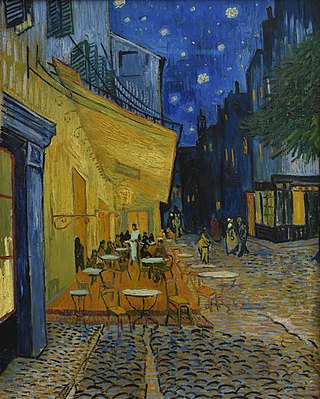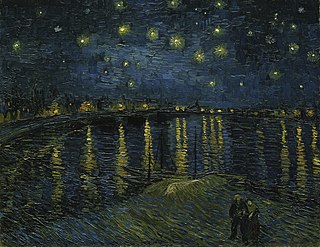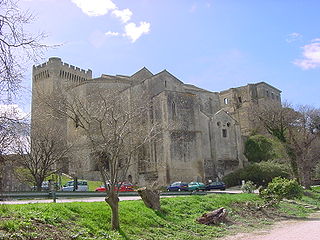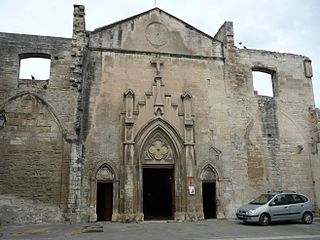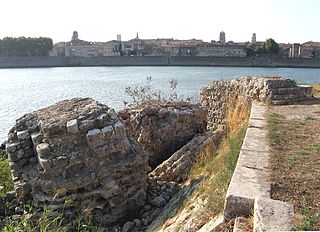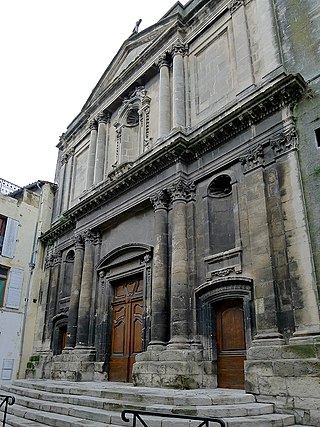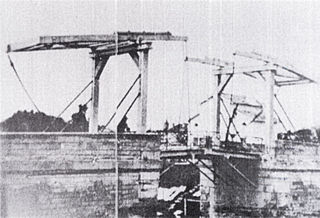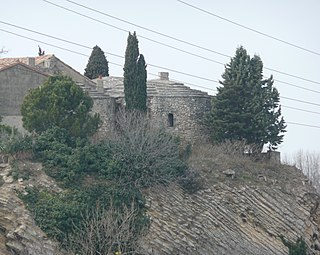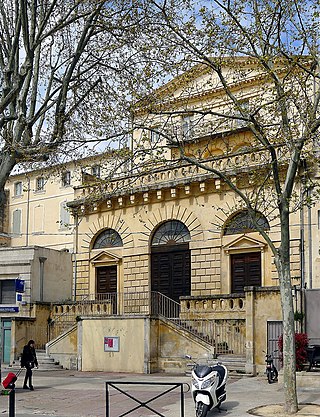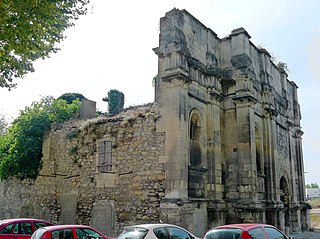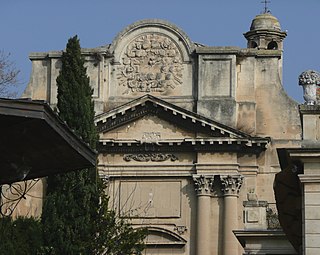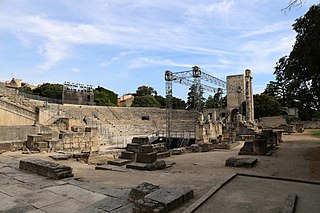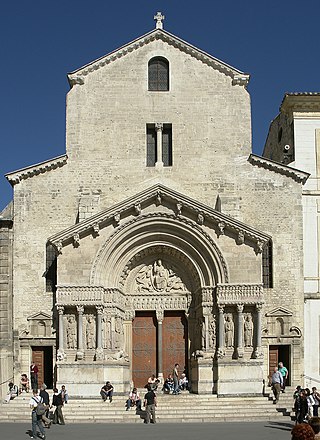18 Sights in Arles, France (with Map and Images)
Legend
Welcome to your journey through the most beautiful sights in Arles, France! Whether you want to discover the city's historical treasures or experience its modern highlights, you'll find everything your heart desires here. Be inspired by our selection and plan your unforgettable adventure in Arles. Dive into the diversity of this fascinating city and discover everything it has to offer.
Sightseeing Tours in ArlesActivities in Arles1. Le Café la Nuit
Café Terrace at Night is an 1888 oil painting by the Dutch artist Vincent van Gogh. It is also known as The Cafe Terrace on the Place du Forum, and, when first exhibited in 1891, was entitled Coffeehouse, in the evening.
2. La Nuit étoilée sur le Rhône
Starry Night, commonly known as Starry Night Over the Rhône, is one of Vincent van Gogh's paintings of Arles at night. It was painted on the bank of the Rhône that was only a one or two-minute walk from the Yellow House on the Place Lamartine, which van Gogh was renting at the time. The night sky and the effects of light at night provided the subject for some of van Gogh's more famous paintings, including Café Terrace at Night and the June, 1889, canvas from Saint-Remy, The Starry Night.
3. Abbatiale Notre-Dame
Montmajour Abbey, formally the Abbey of St. Peter in Montmajour, was a fortified Benedictine monastery built between the 10th and 18th centuries on what was originally an island five kilometers north of Arles, in what is now the Bouches-du-Rhône Department, in the region of Provence in the south of France.
4. Ancienne abbaye d'Ulmet
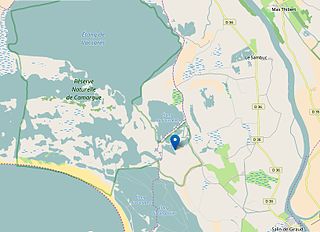
The Abbey of Ulmet was a Cistercian abbey that has now disappeared, founded in 1173 in the Camargue about 25 km from Arles near a pond, the Etang de Fournelet, which still exists, and a branch of the Rhône, the Rhône d'Ulmet, which has now landed.
5. Nécropole des Alyscamps
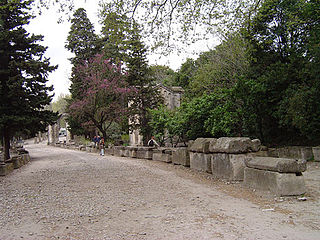
The Alyscamps is a large Roman necropolis, which is a short distance outside the walls of the old town of Arles, France. It was one of the most famous necropolises of the ancient world. The name comes from the Provençal Occitan word Aliscamps, which comes from the Latin Elisii Campi. They were famous in the Middle Ages and are referred to by Ariosto in Orlando Furioso and by Dante in the Inferno.
6. Église Saint-Césaire
The church of Saint-Césaire, in Arles, is nowadays the only parish still consecrated in the Roquette district. It is in fact the former conventual church of the Grands Augustins, disused and sold as national property during the Revolution, bought back and returned to worship under this new name after the Concordat. It is located in the centre of the district, Place Saint-Césaire, between Rue de la Roquette to the north-west, Rue Théophile-Rives to the south-west and Rue Parade to the north-east. It has been listed as a historical monument since 19 March 2014.
7. Pont de Constantin
From the earliest antiquity, perhaps even before the Roman occupation, a bridge must have linked the city of Arles to the Camargue. It is impossible today to say what place this first bridge occupied and how it was built. It was probably followed by a first Roman bridge, built in the Augustan period or shortly after. But the Roman bridge, of which some remains can still be seen, dates back to the time of Constantine. It is also called a boat bridge.
8. Église Saint-Julien
The church of Saint-Julien d'Arles is an old church of the twelfth century then known as Saint-Antoine and rebuilt in 1622 in classical and late Gothic style. Since 1941, the building has been classified as a historical monument.
9. Pont Van-Gogh
Langlois Bridge was a double-beam drawbridge in Arles, France, which was the subject of several paintings by Vincent van Gogh in 1888. Being one of eleven drawbridges built by a Dutch engineer along the channel from Arles to Port-de-Bouc, this bridge might have reminded the artist of his homeland.
10. Église Sainte-Anne d'Arles
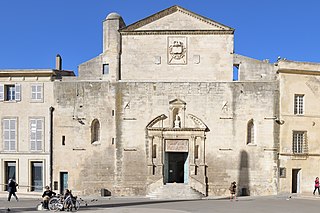
The Church of Sainte-Anne, or more formerly Notre-Dame-la-Principale, was the first Roman Catholic rite parish in downtown Arles, France. Disused after the Revolution, used to house the city's lapidary museum, it is classified as a historical monument by the 1875 list and is now used as an exhibition space.
11. Église Saint-Pierre et Saint-Paul
The church of Saint-Pierre-et-Saint-Paul de Mouleyrès, founded in the fifth century in Arles, destroyed and rebuilt in the sixteenth century, was initially part of the Alyscamps cemetery with the chapel of La Genouillade and the church of Saint-Honorat. It was separated from it first by the digging of the Craponne canal and, later and more radically, by the opening of the SNCF workshops.
Wikipedia: Église Saint-Pierre-et-Saint-Paul de Mouleyrès (FR)
12. Chaland Arles-Rhône 3
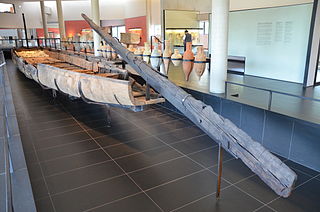
Arles Rhône 3 is an ancient Roman boat discovered in 2004, with parts of it only 13 feet (3.96 m) below the surface in the Rhône River of Arles, France. In the 1st century AD, it had been a 102 feet (31.09 m) long river trading vessel. It has been displayed since 2013 at the Musée départemental Arles antique. A marble Neptune was also discovered in the river, and divers recovered many amphorae. The boat's flat bottom was made of oak planks.
13. Temple de la Rotonde
The Protestant Temple of Arles, known as La Rotonde d'Arles, is a Protestant Reformed place of worship located at 9 rue de la Rotonde in Arles, Bouches-du-Rhône. The parish is attached to the United Protestant Church of France.
14. Site archéologique de la Verrerie de Trinquetaille
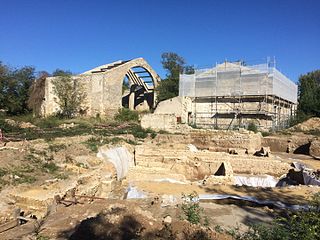
The archaeological site of the Trinquetaille glassware in Trinquetaille has been acquired by the town council of Arles in 1978. It has been subject to archaeological excavations in the 1980s, and later since 2013, led by the Archaeology services of the Musée Départemental Arles Antique and the Inrap, along with the contribution of the Ministère de la Culture et de la Communication, the CNRS, the university and independent researchers.
Wikipedia: Archaeological site of the Trinquetaille glassware (EN)
15. Église des Carmes Déchaussés
The church of the Discalced Carmelites, in Arles, is the only vestige of the convent built in 1649 by members of the monastic order, reformed by Saint John of the Cross, of the Discalced Carmelites. Of this church, only the north façade is now accessible and is of architectural interest.
16. Chapelle de la Charité
The Chapel of Charity, in Arles, is part of a larger complex: the Carmelite convent, which is difficult to identify today because it was transformed in 1928 into a luxury hotel. Well preserved because it was used as a performance hall for the hotel, it now belongs to the municipality which uses it for temporary exhibitions.
17. Accueil Théâtre antique d'Arles
The Roman Theatre of Arles is a 1st-century Roman theatre, built during the reign of Caesar Augustus. It is located next to the Arles Amphitheatre in the city of Arles, Provence, France. Along with the other Roman and medieval buildings in Arles, the theatre was listed on the UNESCO World Heritage List as part of the Arles, Roman and Romanesque Monuments site for their testimony to the ancient history of the city.
18. Cathédrale Saint-Trophime d'Arles
The Primatial Basilica of Saint-Trophime d'Arles is a Romanesque church in the city of Arles, located on the Place de la République. Built on remains of Late Antiquity from 1100, it is one of the most important buildings in the Provençal Romanesque domain.
Share
Disclaimer Please be aware of your surroundings and do not enter private property. We are not liable for any damages that occur during the tours.
